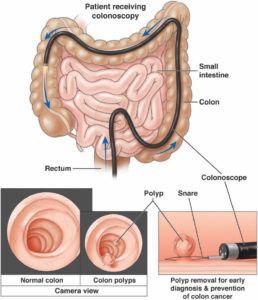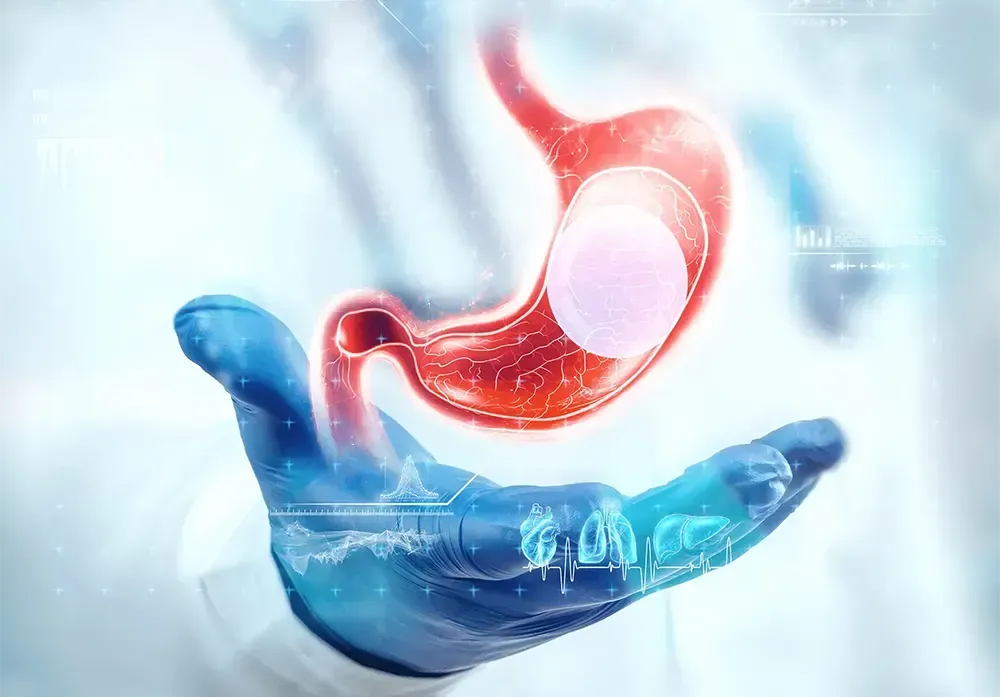What is a Colonoscopy?

A colonoscopy is a test to look inside your colon. It is done by a gastroenterologist , a doctor trained in looking at the gastrointestinal (GI) tract.
The main tool used to look inside the colon is a colonoscope. A colonoscope is a long, thin (about the width of your little finger), flexible tube with a tiny camera and a light on the end. It is long enough to look at all of the large bowel and even the lower part of the small intestine.
A colonoscopy is a safe and effective way to look for GI health issues and sometimes even treat those health issues.
It’s important to get a high-quality colonoscopy. Keep in mind that high cost doesn’t necessarily mean high quality.
Ask your doctor how often he or she reaches the end of the colon and how often he or she finds polyps.
A colonoscopy is the main way to check for diseases of the colon, such as colitis or cancer, and to remove colon polyps.
- A polyp is a mushroom-like growth on the inside wall of the colon or rectum.
- Polyps grow slowly over many years.
- Some polyps become cancerous, and others do not.
A colonoscopy is also a safe and helpful way to look at health issues in the gastrointestinal (GI) tract, such as:
- Belly pain or digestive issues that won’t go away.
- Rectal pain that won’t go away.
- Blood in your stool.
- Change in bowel habits, such as diarrhea (loose stool), that won’t go away.
- Inflamed (swollen) colon that is seen on a computerized tomography (CT) scan.
During a colonoscopy, tools can be passed through the colonoscope to painlessly remove a suspicious-looking growth or to biopsy (take a small tissue sample).
The Colon
The colon, or large intestine, is the last part of your digestive tract.
It starts at the cecum, which attaches to the end of the small intestine.
The colon is made up of a hollow tube about five feet long that:
- Takes in water and minerals from digested food.
- Ends in the rectum, the last part of the large intestine, which stores undigested solid waste.
Colorectal Cancer
Cancer of the colon and rectum — called colorectal cancer (CRC) — occurs when a growth on the lining of the colon or rectum has become cancerous.
CRC is the third most common cause of cancer in both men and women. It is the second-leading cause of cancer deaths in the U.S.
CRC can be prevented by finding colon and rectal polyps before they have the time to transform into colon or rectal cancer.
A colonoscopy can find and treat colon cancer.
Colorectal cancer screening should start at age 45 for average-risk individuals.
Individuals at high risk should speak with their primary care provider or gastroenterologist about the appropriate age to initiate screening.
- Individuals at high risk include those with a family history of colorectal cancer or colorectal polyps, a personal history of hereditary polyposis syndromes, Crohn’s disease, ulcerative colitis, or prior abdominal radiation.
The post What is a Colonoscopy? appeared first on Gastro SB.










